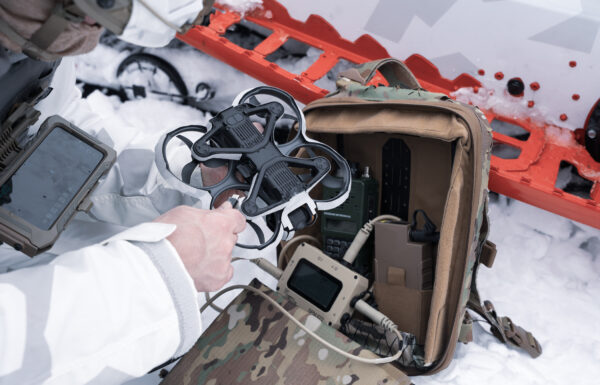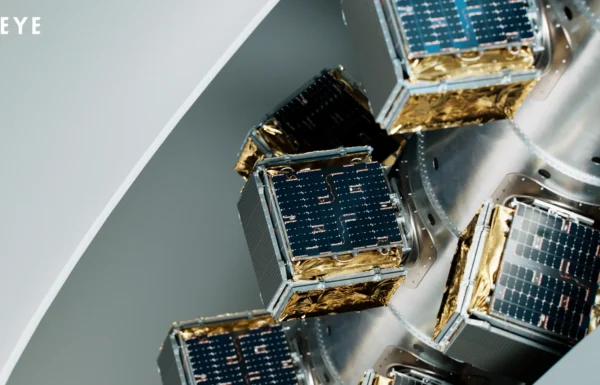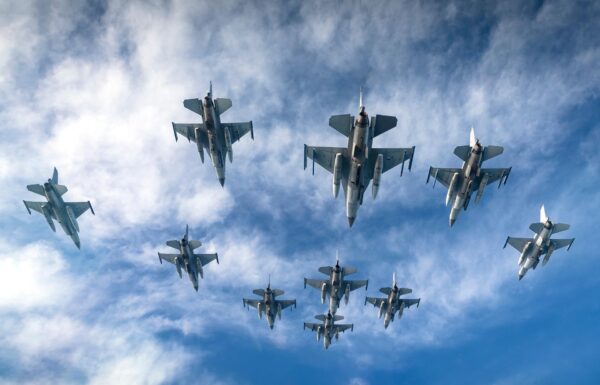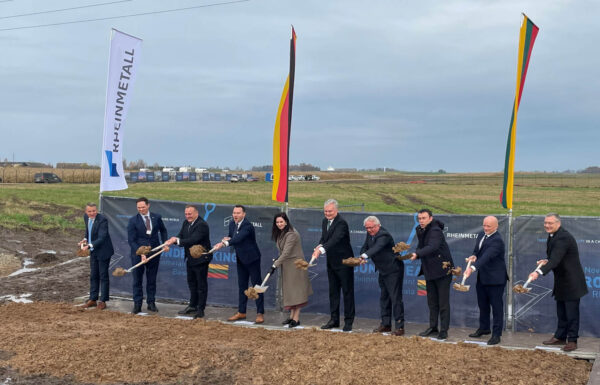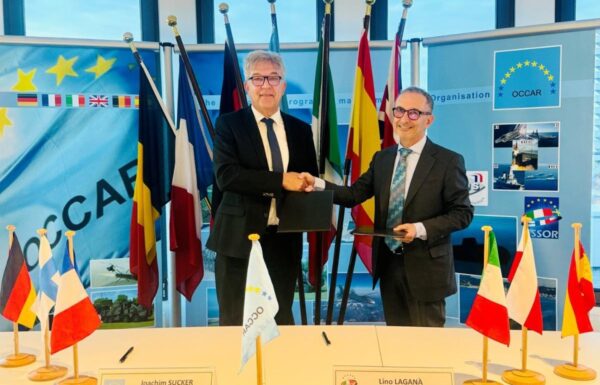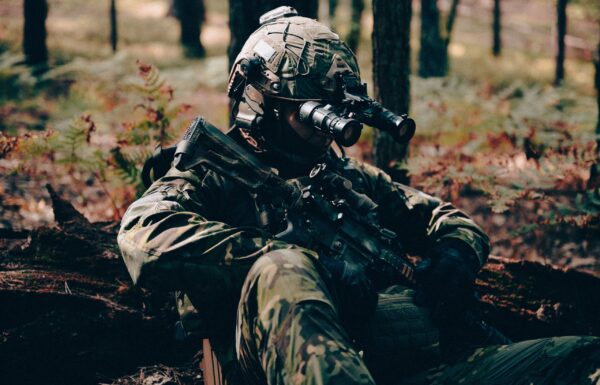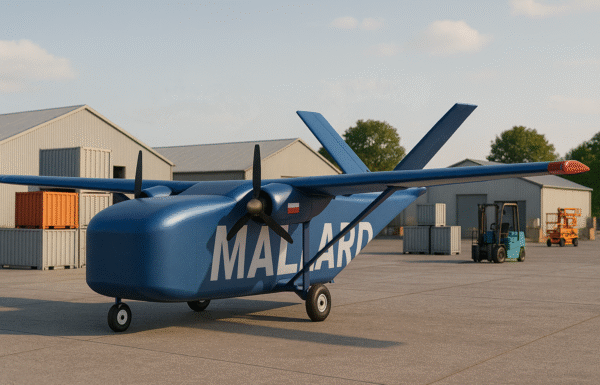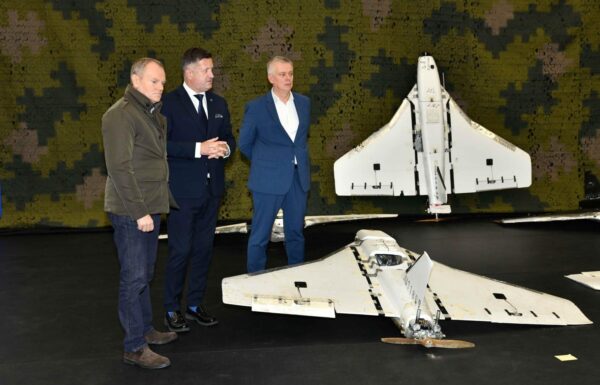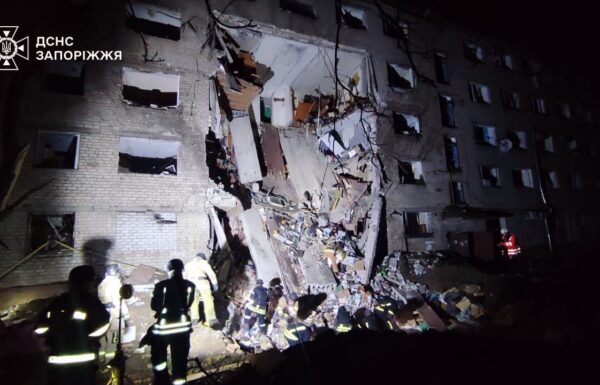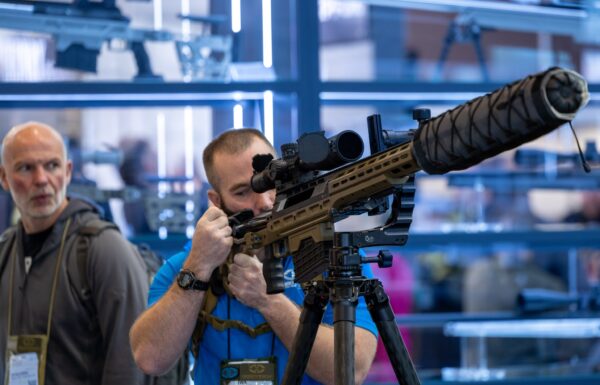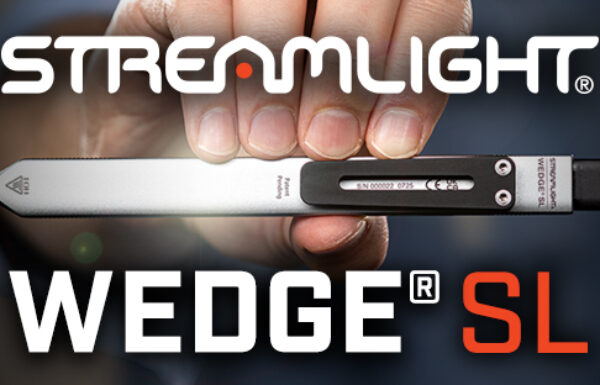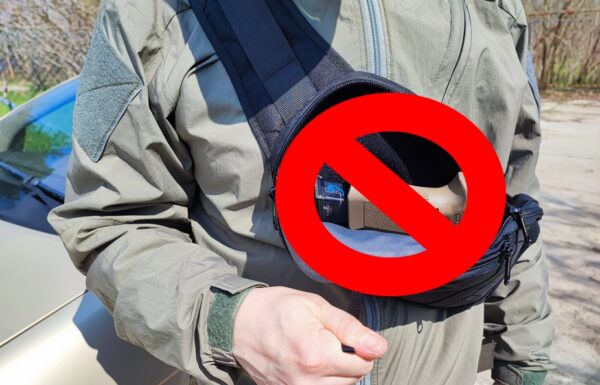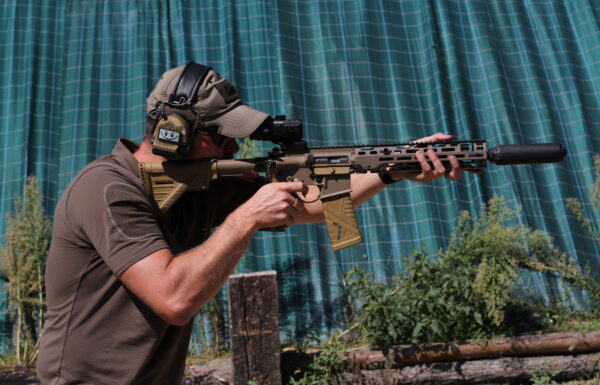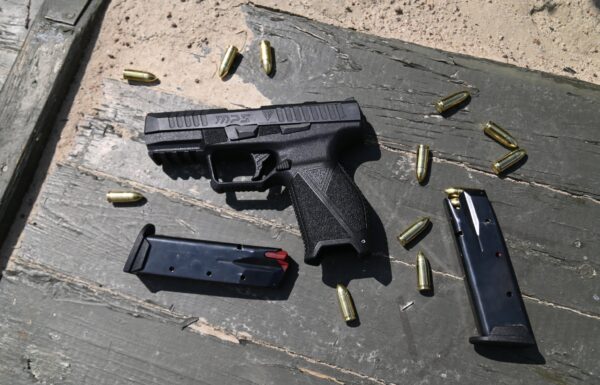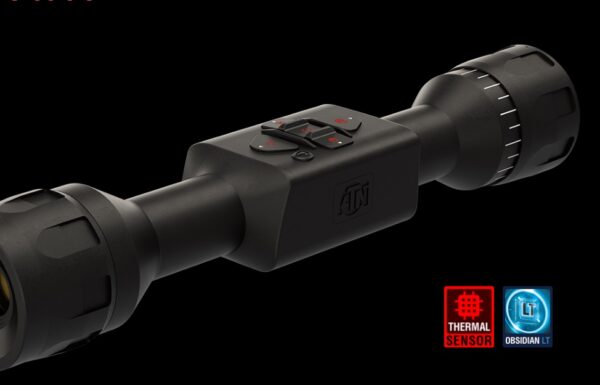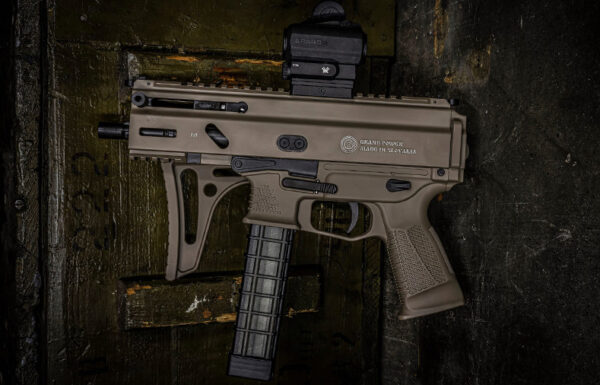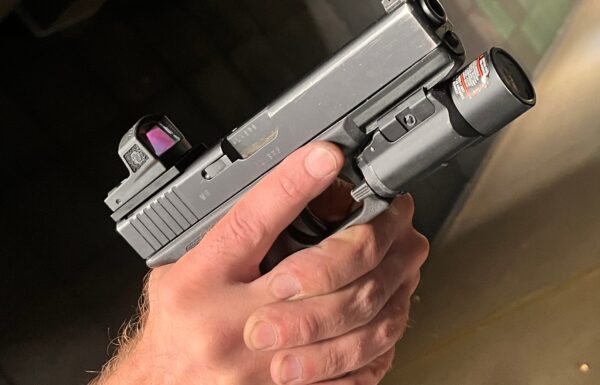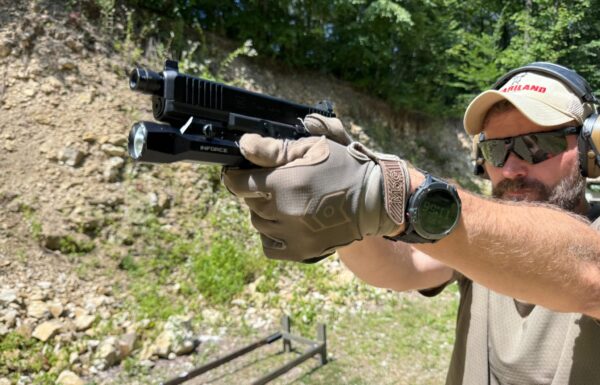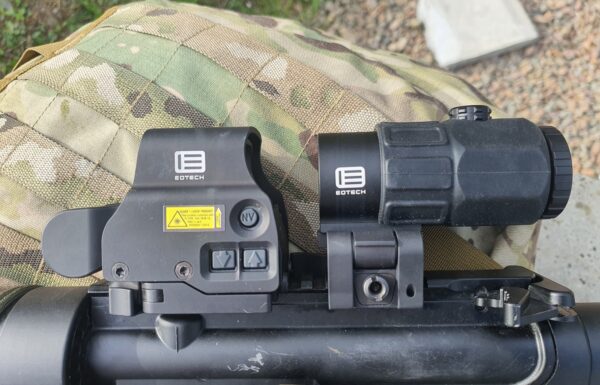The press breakfasts organized by the WB Group in previous years have been a valuable source of information about the activities of Poland’s largest private entity producing military equipment. This year, as noted by WB Group’s Communications Director, Remigiusz Wilk, the number of such events had to be reduced due to the significant workload of the company’s management with other tasks. The meeting held on December 12th more than made up for the limitations in regular communication with industry media.
Further Deliveries of FlyEye
Piotr Wojciechowski, the President of the WB Group Management Board, began his presentation with the unmanned platforms produced by the Group. He reminded the audience that in March of this year, the 1,000th FlyEye UAV of version 3.x was manufactured (Thousandth FlyEye Produced). He also announced the signing of a contract to supply these UAVs to Malaysia.
On April 19, during a visit to WB Electronics in Ożarów Mazowiecki by the Minister of National Defense, Władysław Kosiniak-Kamysz, a contract was signed for the delivery of seven FlyEye unmanned aerial system sets. The UAVs were delivered on December 3.
On September 4, during the 32nd International Defense Industry Exhibition in Kielce, a second agreement was signed for the delivery of six FlyEye unmanned aerial system sets. On November 15, the Armament Agency and WB Group signed a third agreement for the delivery of 13 FlyEye unmanned aerial system sets for the Polish Armed Forces, including documentation and repair, logistics, and training packages.
Agreements with International Partners
Summarizing the concluding year, Piotr Wojciechowski also highlighted that the WB Group is entering a new field: space technologies. An agreement in this area was signed during this year’s MSPO.
“Together with an international partner, the WB Group will deliver 16 Earth observation satellites equipped with synthetic aperture radar (SAR). The first unit will be manufactured abroad, but the subsequent 15 will be produced in Poland,” – announced Piotr Wojciechowski.
The constellation of 16 satellites will enable a revisit time for our region of approximately 60 minutes.
During this year’s MSPO, the WB Group also signed a strategic cooperation agreement with the Italian corporation Leonardo for the development of unmanned aerial vehicles. This agreement, as Piotr Wojciechowski emphasized, is particularly significant in the context of the Gryf program, an unmanned aerial system for the Navy.
Additionally, this year, the WB Group signed a major agreement with the Korean corporation Hanwha Aerospace for the production of rocket missiles for the Homar-K artillery system, specifically the K239 Chunmoo launcher. To facilitate this, a joint venture with Hanwha Aerospace will be established. The agreement was signed at the KADEX defense industry exhibition in Korea. This partnership aims not only to provide Poland with an independent source of ammunition for the Homar-K system but also includes collaboration on developing new solutions to be offered to a broader range of clients, beyond the Polish Ministry of Defense.
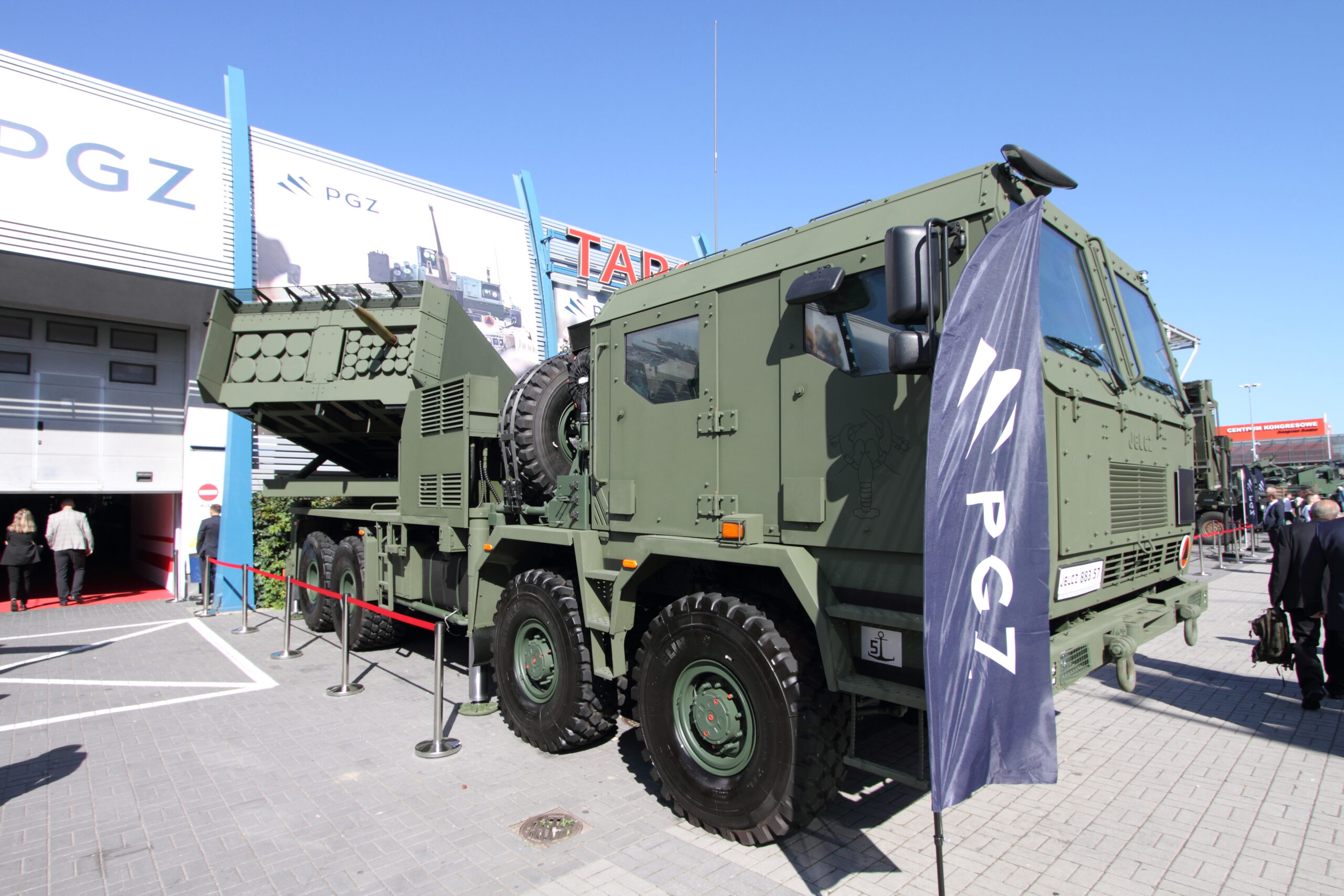 The K239 launcher of the Homar-K system on a Jelcz chassis. WB Group has signed an agreement with Hanwha Aerospace for the production of ammunition for these launchers in Poland / Photo: Grzegorz Sobczak, MILMAG
The K239 launcher of the Homar-K system on a Jelcz chassis. WB Group has signed an agreement with Hanwha Aerospace for the production of ammunition for these launchers in Poland / Photo: Grzegorz Sobczak, MILMAG
This was not the only Korean highlight among WB Group’s achievements. The company signed an agreement with South Korea’s Defense Acquisition Program Administration (DAPA) for the supply of Warmate loitering munitions. These are reliable strike systems, combat-proven in high-intensity conflicts. WB Group is the first, and so far the only, entity from Poland to supply military equipment to the South Korean armed forces. As Piotr Wojciechowski stated, the Korean industry will receive the necessary knowledge and technology under this contract to support the operation and maintenance of the Warmate system.
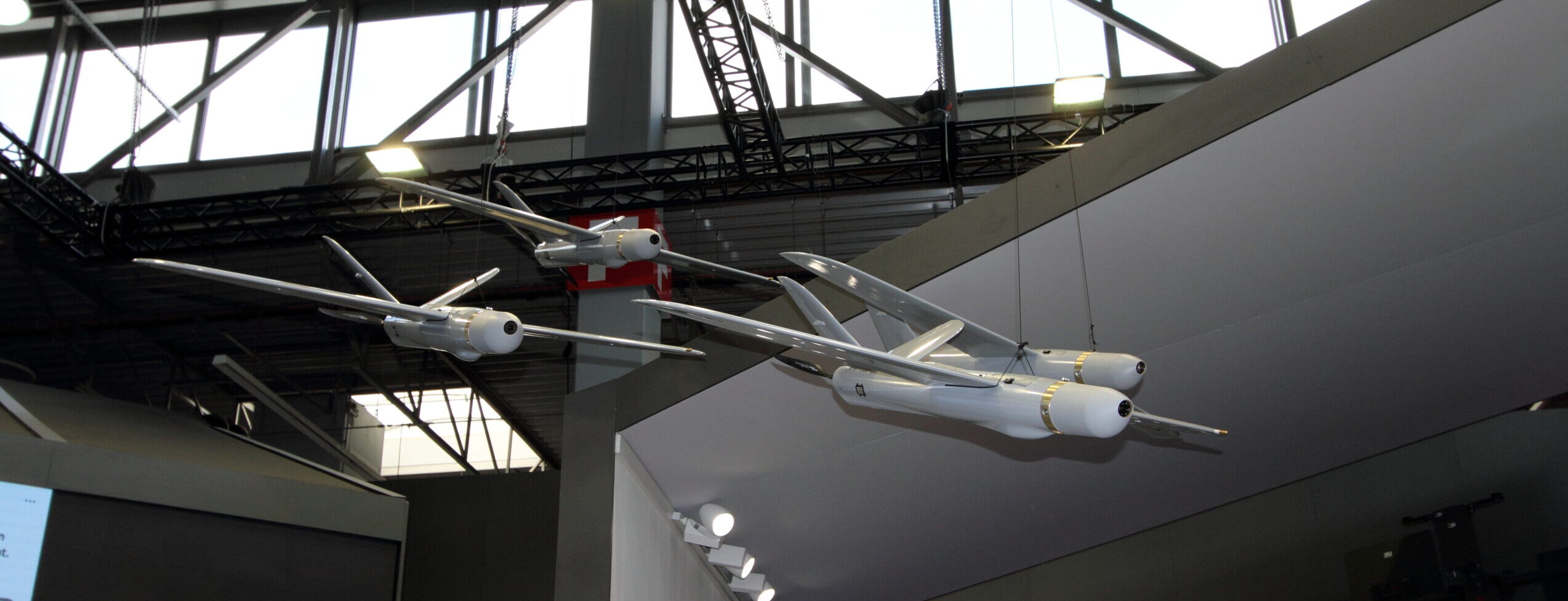
This fall, WB Group signed a contract for the sale of WARMATE loitering munitions to Korea / Photo: Grzegorz Sobczak, MILMAG
Among the topics related to unmanned systems, Piotr Wojciechowski also emphasized that WB Electronics, part of the WB Group, is the only Polish company participating in the Artificial Intelligence Deployable Agent (AIDA) project, funded by the European Defence Fund. The project aims to develop effective responses to threats targeting systems based on artificial intelligence (AI) and machine learning, including adversarial attacks conducted autonomously or semi-autonomously. It is worth noting that WB Group’s leading company will spearhead efforts focused on defense in the land domain. The Polish entity is tasked with developing operational scenarios based on the integration of a system enhancing situational awareness with military platforms, including manned, unmanned, mobile, and stationary systems.
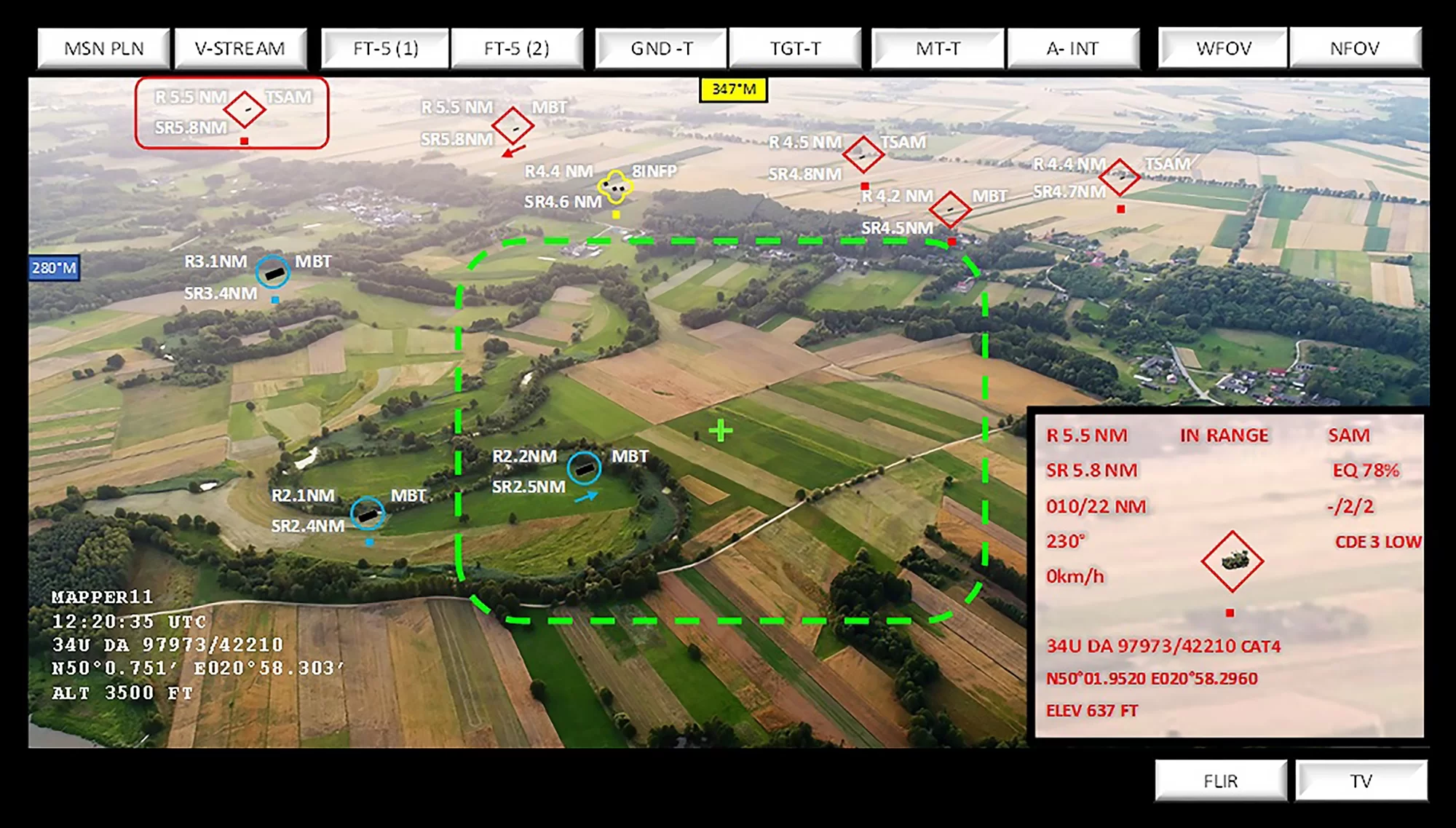
Battlefield visualization in the EyeQ system. WB Group’s leading company will lead the work on the defense component in the land domain within the Artificial Intelligence Deployable Agent (AIDA) project / Photo: WB Group
TOPAZ with the ASCA interface
Regarding developments in the TOPAZ automated fire control system, Piotr Wojciechowski noted that on March 14, 2024, Poland achieved membership in the international Artillery Systems Cooperation Activities (ASCA) initiative after meeting all interoperability requirements. This confirmed TOPAZ’s designation by the Polish Armed Forces as the national artillery system for the Rocket and Artillery Forces, fully integrated into the allied command chain. In October 2024, live-fire trials were conducted with K9 self-propelled howitzers from Estonia (Polish K9A1 Thunder Debuts in Exercises in Estonia), and in November, the TOPAZ system was utilized during the Dynamic Front exercises in Germany.
 Polish K9A1 howitzers during exercises in Estonia / Photo: 16th Mechanized Division, General Staff of the Polish Armed Forces, 1st Masurian Artillery Brigade
Polish K9A1 howitzers during exercises in Estonia / Photo: 16th Mechanized Division, General Staff of the Polish Armed Forces, 1st Masurian Artillery Brigade
The ASCA interface enables the automatic exchange of formalized/formatted messages between the national artillery systems of various countries. It also allows for receiving or providing mutual fire support for formations and units in line with coalition command support relationships, as well as facilitating the exchange of critical information within the Command & Control Fire Support framework.
In the context of the previously mentioned Homar-K system, Piotr Wojciechowski highlighted that under the agreement signed with Hanwha Aerospace, WB Electronics is implementing, during the years 2023–2027, the delivery and integration of communication systems based on the FONET system for 12 artillery battalions (216 WR K239 launchers) and 2 WR K239 launchers for the CSAiU in Toruń. This includes the delivery of commander launcher computers, integration of the TOPAZ system with the K239 launcher system (enabling integration with the battalion-level TOPAZ system upon completion of command vehicles), participation in testing, and user training.
In the area of artillery command systems, WB Group is carrying out work on two types of command vehicles based on the Rosomak platform, designed for processing information classified as Restricted/NATO Restricted/NATO Secret. These vehicles include Kroton-bis command vehicles for Abrams tanks at the brigade command level for the Multinational Division North-East in Elbląg, the 18th Mechanized Division, the 10th Mechanized Division, and the 12th Mechanized Division, as well as Zawilec command vehicles for the Polish Armed Forces. A version of the FONET system has also been developed for command vehicles and other vehicles where operation in systems processing classified information at different levels is required.
Production of the ZSSW-30 Begins
Regarding the ZSSW-30 turret system, Piotr Wojciechowski announced that serial production would reach five turrets per month. Although the production capacity is three times higher, the availability of chassis for mounting the turrets remains an issue. President Wojciechowski also mentioned that WB Group is awaiting the signing of an executive agreement for the Borsuk infantry fighting vehicles.
Additionally, it was announced that a new IT system, based on the FONET system, has been developed specifically for the Borsuk NBPWP, with a classification of Restricted/NATO Restricted.
New Capabilities of the Gladius System
The summary also covered the Gladius loitering munitions system. The presentation included, among other things, a diagram of the functioning of the search-and-strike system battery. A notable feature is the introduction of a mobile analysis station, which will conduct real-time analysis of information obtained from all UAVs during flight. For example, if a reconnaissance UAV detects significant objects outside its designated reconnaissance area while en route, the system, using artificial intelligence, will analyze the images of those objects to assess the type of threat, and the identified targets will then be assigned for destruction.
Interesting developments are also taking place in the FT-5 reconnaissance UAVs, which have been equipped with new sensors. The first is the FT-5 SAR, equipped with a synthetic aperture radar that enables ground surface observation. Piotr Wojciechowski emphasized that the radar was developed by domestic industry and optimized in terms of weight and dimensions specifically for the FT-5 UAV. It is the only solution of its kind that can be mounted on an 85 kg UAV.

A vehicle equipped with a Gladius system launcher. The UAV control system antenna stands out / Photo: Grzegorz Sobczak, MILMAG
It was also announced that a version of the FT-5 UAV equipped with an ELINT electronic intelligence system has been developed. This system can provide information about the location and type of emission sources, creating an electromagnetic map of emission sources that can be used for target designation. At a flight altitude of 5,000 meters, which the FT-5 easily achieves, the reconnaissance range extends up to 250 kilometers, allowing the UAV to operate far from the front lines. For the FT-5 ELINT, the solutions are also based entirely on domestic technology and are independent of any foreign suppliers.
As Piotr Wojciechowski stated, the Polish Armed Forces have already received six FT-5 UAVs in the SAR and ELINT versions. By the end of the year, deliveries are planned for launcher vehicles on 4×4 platforms, platoon and section command vehicles, a mobile analysis station, a battery command vehicle, and the TOPAZ system configured for the Gladius.
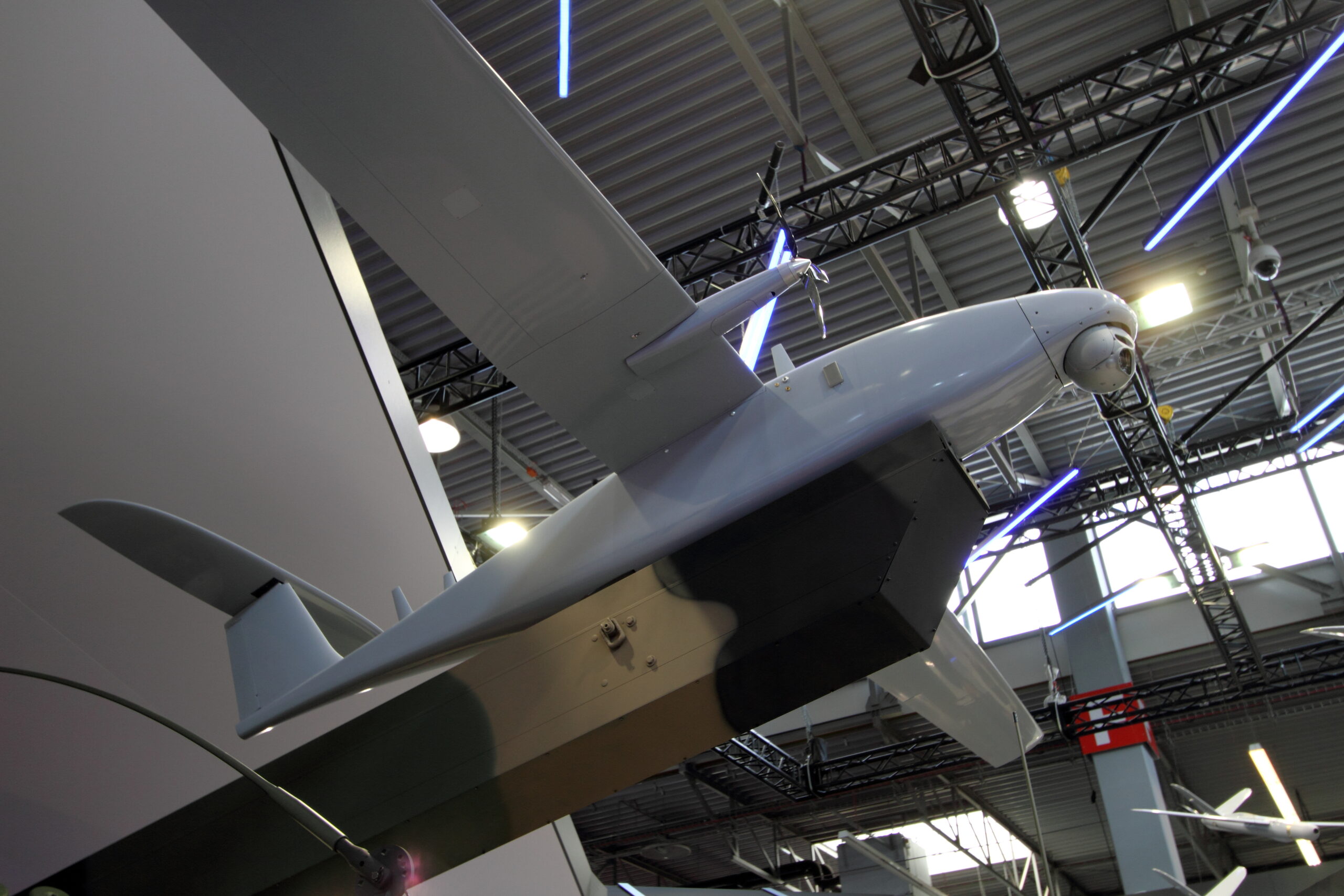 FT-5 Unmanned Aerial Vehicle with an Electro-Optical Payload / Photo: Grzegorz Sobczak, MILMAG
FT-5 Unmanned Aerial Vehicle with an Electro-Optical Payload / Photo: Grzegorz Sobczak, MILMAG
New Members of the WARMATE Family
President Piotr Wojciechowski also provided updates on two other loitering munition systems. One of them is the Warmate TL, a tube-launched loitering munition. The capabilities of launching this munition from a vehicle-mounted launcher were demonstrated. The carrier can be any vehicle—wheeled or tracked. While the vehicle must come to a stop for the launch, there is no need to turn off the engine prior to launching.
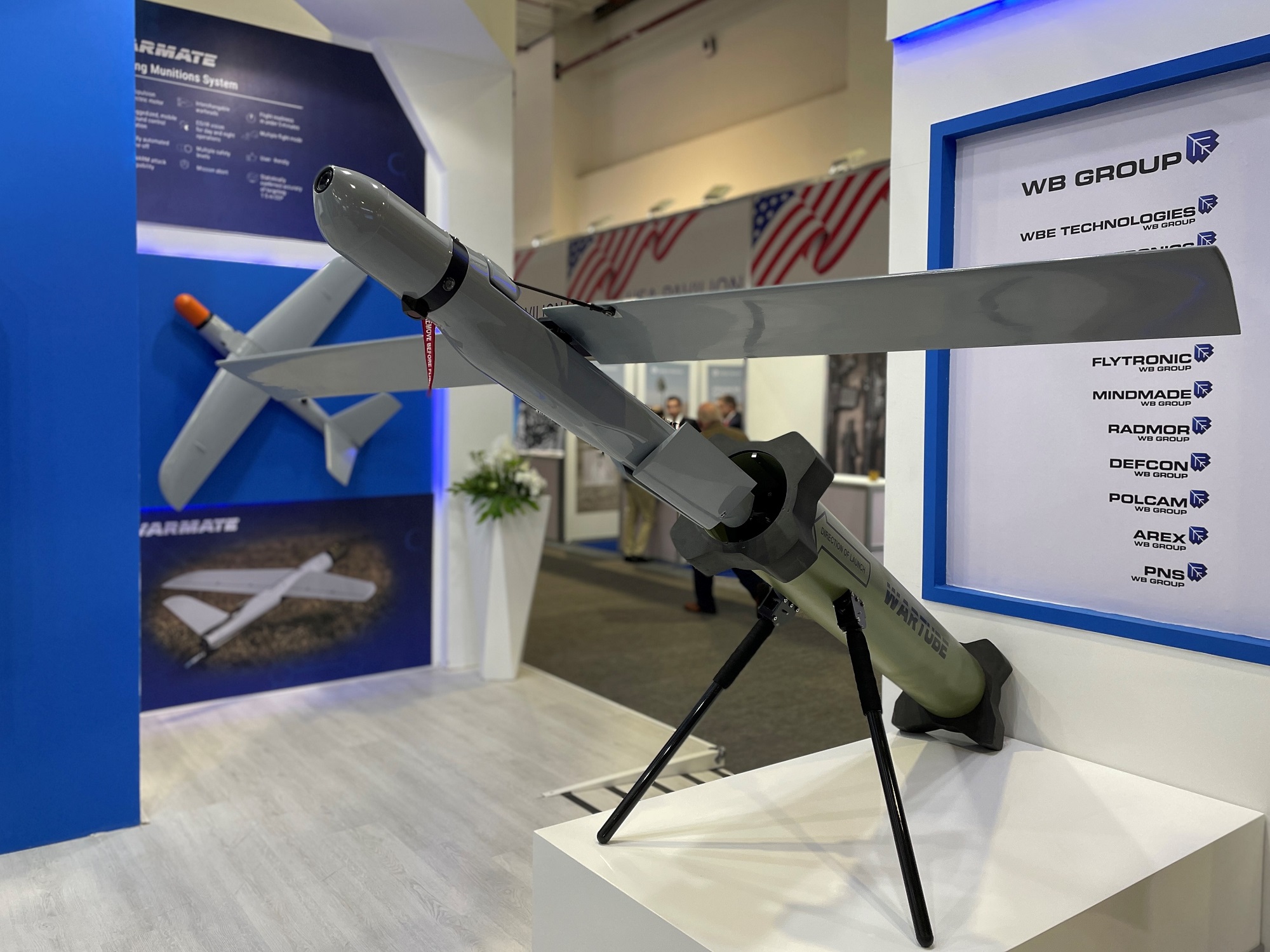
Amunicja krążąca Warmate TL startująca z wyrzutni rurowej / Zdjęcie: Grupa WB
The second loitering munition system is the personal unmanned aerial system X-FRONTER. It is a foldable multirotor drone that can be carried by an individual soldier. Its weight, including the payload, does not exceed 1.5 kg. The system serves as a personal reconnaissance device capable of carrying out both observation and strike missions. The X-FRONTER is controlled via a small, portable device and is ready for immediate deployment. It is launched directly from the user’s hand. The use of interchangeable mission modules in the X-FRONTER system allows for various operations. A reconnaissance module with day and night cameras enables surveillance missions, while a combat module with a shaped charge or high-explosive warhead can target previously identified threats.
Piotr Wojciechowski also introduced another project involving the WARMATE 20 and WARMATE 50 loitering munitions. The WARMATE 20 is an unmanned strike system equipped with a 20 kg warhead. It can launch from the same universal launcher as the WARMATE 5, BSP-U/UT, and FT-5. It is powered by an internal combustion engine. The second system, WARMATE 50, is a modular system with multiple aerodynamic configuration options and a jet engine for propulsion.
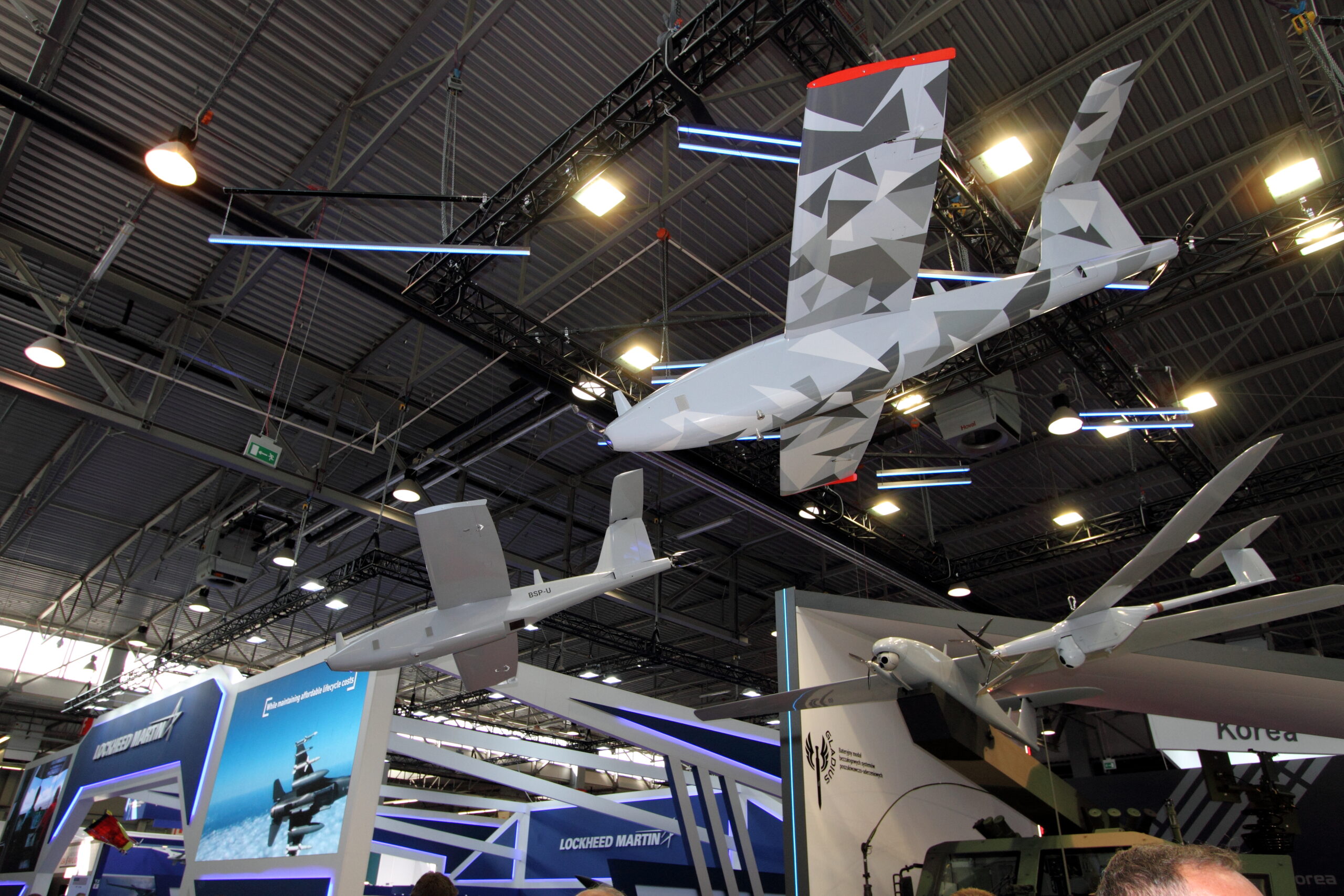
BSP-U Loitering Munition of the Gladius System / Photo: Grzegorz Sobczak, MILMAG
PERAD Finally in the Polish Armed Forces
The presentation concluded with updates on the PERAD personal radio. It is the first Polish radio station equipped with a domestically developed cryptographic module. The device received the Cryptographic Protection Certificate – Type Certificate No. 36/2024, issued by the SKW on May 24, 2024. The PERAD radio is certified to handle information classified as Restricted/NATO Restricted. The radio successfully completed tests within the framework of Qualification Trials. In December 2024, the Qualification Trials Commission released the final protocol with a positive result, paving the way for the radio to be introduced as Military Equipment into the Polish Armed Forces (SZRP).
The summary presentation of the WB Group’s year was extensive, with some topics covered in great detail. In the coming days, we will provide more detailed coverage of several of the discussed subjects.


